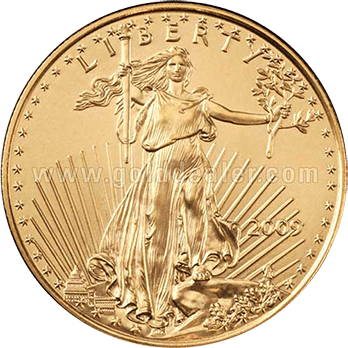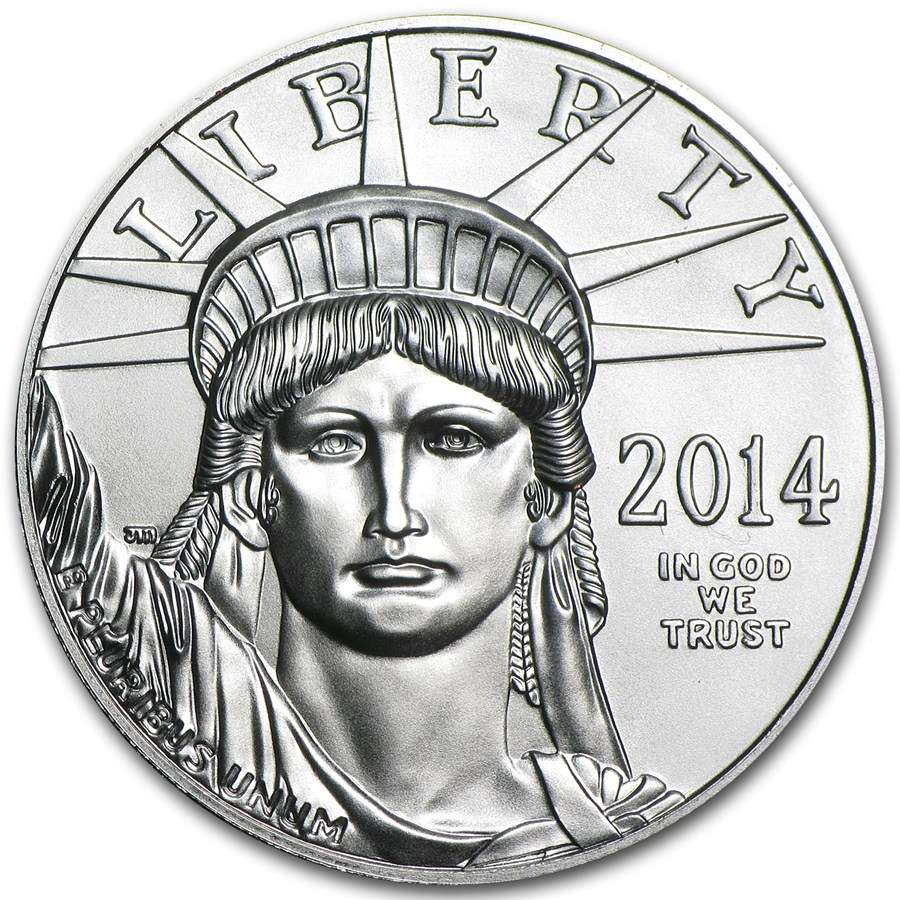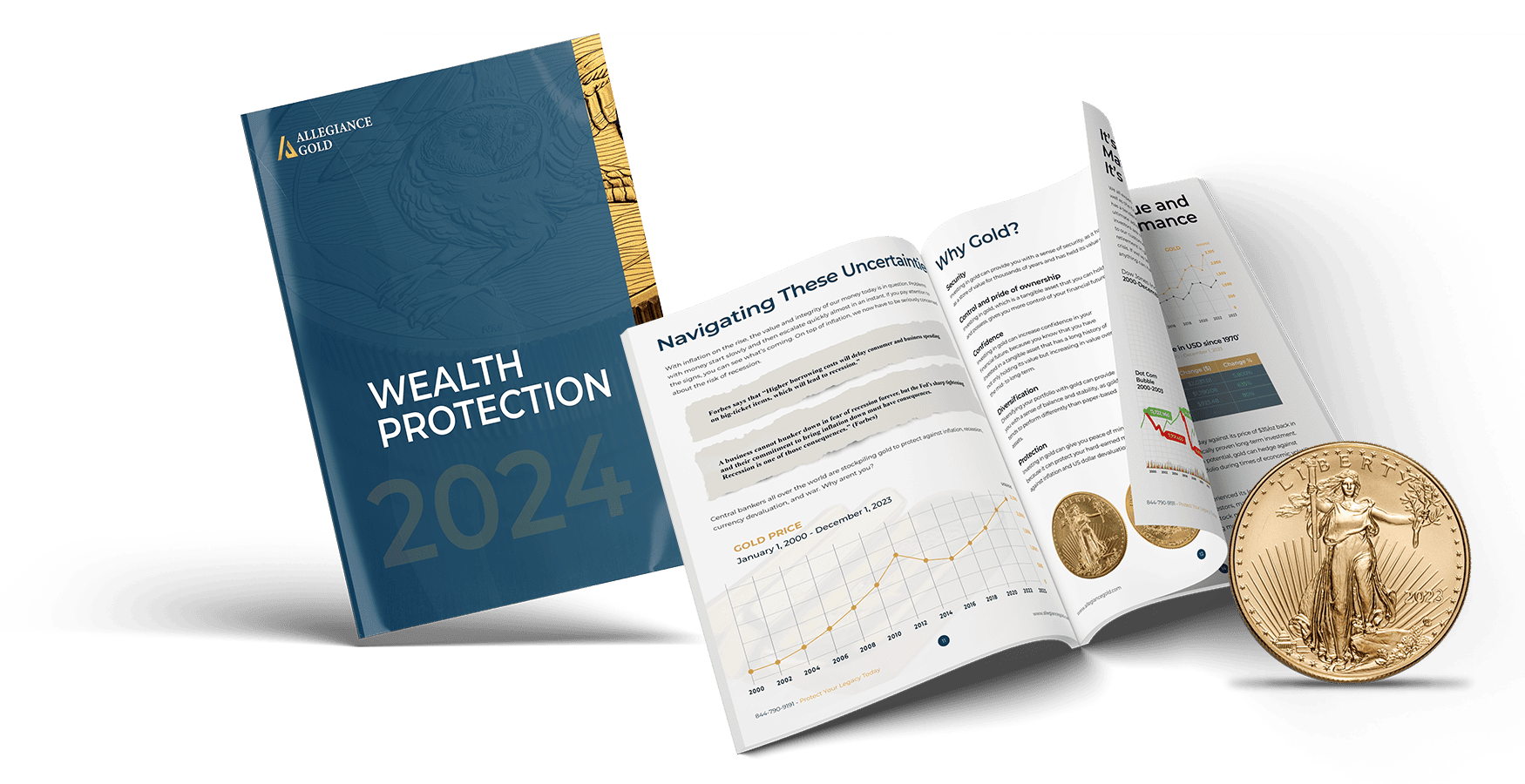IRAs aren’t the only types of retirement accounts you can fund. Some other types include 401(k), 403(b), 457, TSA, TSP and pension accounts. They each hold a place in retirement planning, and working with financial and investment experts helps you understand which types of accounts are right for you.
One decision you may need to make is between traditional IRAs and Roth IRAs. One of the biggest differentiators between these two types of retirement investments is that you fund traditional IRAs before taxes and Roth IRAs after taxes. That means traditional IRAs offer some tax incentives at the time you are saving (which means you may be able to save more), but if you withdraw early, you can pay a heft tax penalty. Earnings on your traditional IRAs may also be taxed, whereas Roth IRA earnings and withdrawals usually aren’t taxes (because you already paid taxes on them).
Traditional IRA contributions are tax deductible depending on your financial status and whether you have access to an employer sponsored 401(k). Roth IRAs don’t have these requirements, but do have income-eligibility restrictions. For example, if you had a modified gross income of more than $135,000 in 2018, you would not be eligible to contribute to a Roth IRA that year.
Understanding the best way to hold gold in an IRA can help you create a retirement savings plan that works for your future. The experts at Allegiance Gold can help you understand your options for holding physical assets and how to work them into your retirement savings plans.


 Custom Precious Metals IRA
Custom Precious Metals IRA



